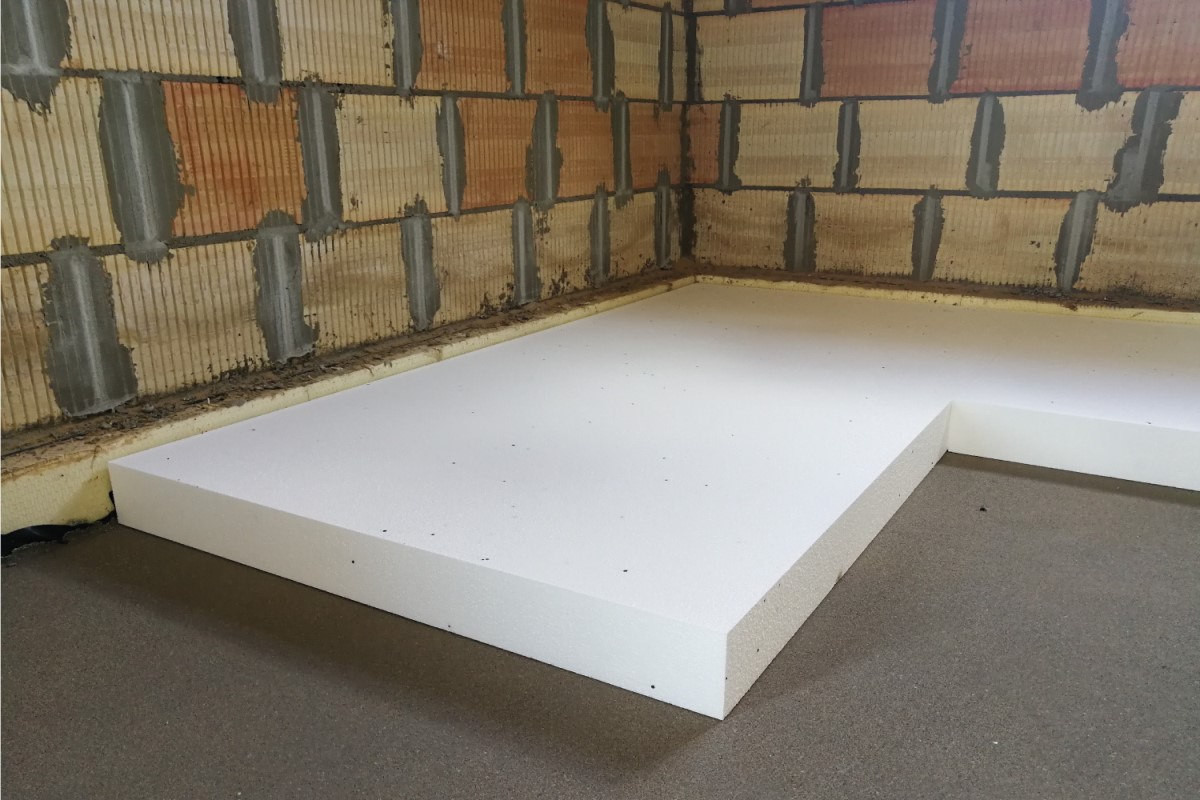Polyurea Over EPS Foam: Building Efficient ADU Structures
Accessory Dwelling Units (ADUs) are an increasingly popular and cost-effective housing solution. These self-contained buildings, serving various purposes such as additional living space or rental accommodations, can be efficiently constructed by applying polyurea onto expanded polystyrene (EPS) foam panels. This method, known for producing sturdy structures that offer insulation and weather resistance while remaining light and budget-friendly, is a smart choice for those looking to maximize their construction budget.
EPS foam is recognized for its ability to insulate. Its lightweight feature is well known in the construction field for thermal insulation purposes. When paired with polyurea foam (polyurea), it evolves from an insulating material to a sturdy and shield-like structure.. Applying a coat of polyurea over EPS foam panels forms a solid protective covering that not bolsters the panels structurally but also maintains their lightness. This quality makes it particularly suitable, for building accessory dwelling units (ADUs) where efficiency, cost effectiveness, and longevity're key considerations.
Polyureas possess characteristics that render them well-suited for such applications. A key benefit lies in their flexibility – once applied onto EPS foam surfaces, polyureas create a shield that adheres securely to the foam substrate. This connection fortifies the foam panels safeguarding them against warping or fracturing when subjected to forces. Moreover the flexibility of polyureas enables them to adapt to movements by expanding and contracting in response, to temperature variations without the risk of developing cracks. This guarantees that the AD unit stays shielded from weather conditions and elements.
The quick drying time of polyurea is another factor that makes it highly efficient for constructing ADUs using EPS foam panels. After the application of polyurea on the surface, the material solidifies within minutes, enabling progress in the construction work. This rapid hardening property minimizes. Accelerates the completion of the project timeframe significantly; a particularly advantageous feature, in ADU development where speed is essential. Builders find polyureas to be an option as they can be applied swiftly allowing them to progress efficiently in construction projects without sacrificing quality.
When people talk about using polyurea with EPS foam for construction projects or insulation purposes they often forget to mention how much stronger it can make the foam. EPS foam on its own is prone to damage from moisture, sun exposure or physical impacts.. When you add a layer of polyurea it acts as a shield that guards the foam against these risks. The polyurea coating is water resistant so it helps keep out moisture and prevents mold or decay. It also shields the foam, from sun damage, which can break down foam over time. Moreover the durability of polyureas also guarantees that the framework is capable of enduring shocks which enhances its resistance to dents, cracks or any other form of harm.
The use of EPS foam and polyurea also provides significant thermal efficiency for ADUs, an important factor to consider for these structures. The foam acts as insulation, while the polyurea coating seals the building tightly, preventing air leakage and boosting energy efficiency levels.This results in decreased heating and cooling expenses, enhancing the comfort of living in an ADU while also reducing its environmental impact.This eco-friendly building approach aligns well with the rising interest in sustainable construction techniques, making it a desirable choice for both homeowners and developers.
One more thing to consider when applying polyureas on EPS foam boards is the design flexibility it provides is not always emphasized enough in discussions. EPS foam can be molded effortlessly to enable architectural designs to come to life quickly. Whether the ADU blueprint includes curved partitions or intricate patterns or any distinctive elements the foam can be carved into the shape and then bolstered with polyurea for a robust and long lasting framework. The adaptability in designing presents opportunities, for building accessory dwelling units (ADUs) enabling the creation of spaces that are both practical and visually appealing.
polyurea coated EPS foam structures offer the added advantage of maintenance to homeowners as well as builders engaged in ADU construction projects due to their durable and easily clean surface that requires minimal upkeep efforts over time compared to other alternatives available in the market.. The polyurea coatings ability to repel dirt and stains ensures a lasting solution that withstands wear and tear without the need for frequent repairs or touch ups. A key factor for homeowners seeking cost effective and sustainable construction solutions, for their dwelling spaces.
In summary, applying polyurea spray on Styrofoam sheets can build accessory dwelling units (ADUs). This method boosts the strength and longevity of the structure while still offering design flexibility. Polyurea shields the ADUs from water damage and UV rays. Can resist physical wear and tear ensuring the structure stays resilient in different weather conditions. Its quick drying time and easy application make it a convenient option, for builders, allow them to construct efficiently without compromising quality. Polyureas are gaining popularity in the construction sector due to their performance and increasing acceptance as a top choice, for constructing long lasting and energy efficient accessory dwelling units that cater to the needs of contemporary living standards.













